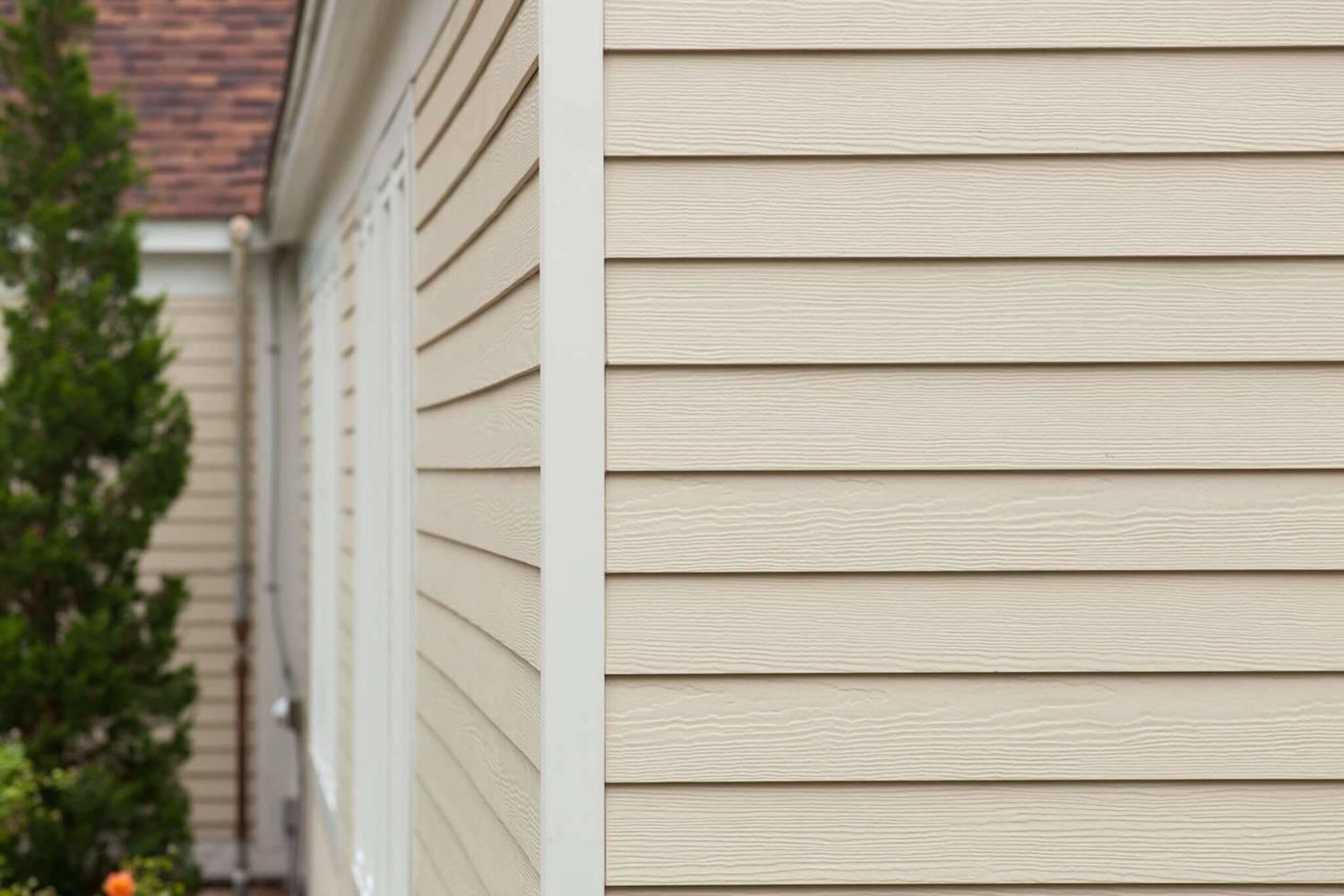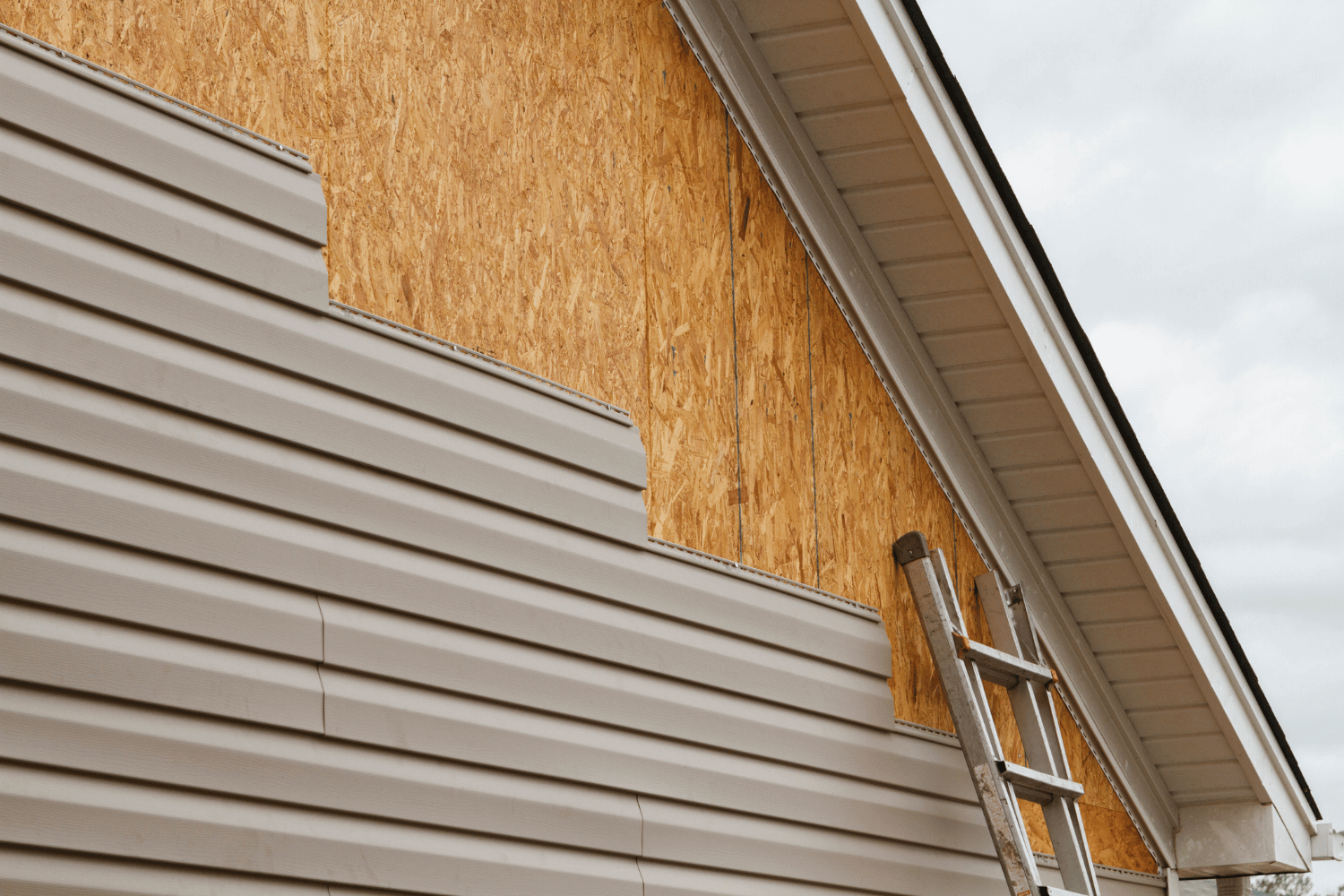Top-rated siding experts: Steps to Get Your Home for Fresh Siding Installation
Home exterior remodeling: Expert Exterior Panel Remediation Can Boost Your Home'S Curb Appeal And Secure It From Weather Damage
Kinds Of Siding Materials
When it concerns siding repair, comprehending the different kinds of siding materials can make a world of difference. Ever seen how some homes use their siding like a badge of honor, while others seem to fight with peeling, splitting, or warping? That's because each product has its own peculiarities and peculiarities require customized repairs. What are the usual suspects?
1. Vinyl Siding
Vinyl siding is frequently the go-to option for numerous property owners due to its cost and low upkeep. Do not let the ease fool you-- vinyl can break or end up being fragile over time, specifically in cold environments. Have you ever tapped on vinyl siding and heard a hollow noise? That's typically a sign that repair work are sneaking in your future. The good news? Fixing vinyl generally suggests changing just the harmed panels rather than the entire wall.
2. Wood Siding
Wood siding holds a classic beauty, stimulating pictures of relaxing cabins or classic cottages. It's a double-edged sword; wetness and insects can turn this charm into a maintenance headache. If you have actually ever spotted peeling paint or soft spots, you're looking at early indication. Resolving wood siding damage rapidly prevents rot from spreading out like wildfire. Remember, a little sanding and caulking can sometimes work wonders, however substantial damage may demand full plank replacements.
3. Fiber Cement Siding
Fiber cement is the chameleon of siding products-- it simulates wood, stone, or stucco with unexpected accuracy. Resilient and fireproof, it's a favorite among those wanting longevity. Nevertheless, its difficult exterior isn't unsusceptible to cracks or chips. Repairs frequently include patching and repainting, but beware: inappropriate fixes can result in water seepage, the arch-nemesis of all siding. Have you ever seen a little crack masquerade as harmless, just to expose a soaked headache behind the scenes?
4. Metal Siding
Metal siding, whether aluminum or steel, shines with contemporary appeal and durability. Damages from hail or unintentional impacts can mar its surface. Rust is another bad guy hiding if protective finishes wear thin. Timely repairs, consisting of sealing and repainting, can halt rust in its tracks. Neglecting these signs? That's like leaving a small hole in a ship's hull and hoping it won't sink.
Typical Signs Suggesting Siding Repair Requirements
- Cracks or divides in panels
- Fading or peeling paint
- Warping or buckling surfaces
- Soft or rotted locations in wood
- Dents or rust areas on metal
- Loose or missing pieces
Quick Contrast Table of Siding Products
| Product | Resilience | Upkeep | Repair Complexity |
|---|---|---|---|
| Vinyl | Moderate | Low | Easy |
| Wood | Variable | High | Moderate to Complex |
| Fiber Cement | High | Moderate | Moderate |
| Metal | High | Moderate | Moderate |
Deciphering one of the most Frequent Siding Damage
Have you ever noticed the subtle cracks creeping along your home's outside, only to dismiss them as safe? Those small cracks are typically the first whispers of more substantial difficulty. Weather's unrelenting assault-- from hail to scorching sun-- can require siding to warp, split, or perhaps decay.
Key Perpetrators Behind Siding Wear and Tear
- Wetness Invasion: Water sneaking behind siding panels can trigger rot and mold, particularly if your home's drainage isn't optimal.
- UV Radiation: Sunshine can fade colors and compromise products, making them fragile in time.
- Physical Effect: From roaming baseballs to tree branches, effects leave damages or holes that compromise siding's integrity.
- Insect Problem: Termites and carpenter ants can quietly feast on wooden siding, leaving behind structural vulnerabilities.
Recognizing Indications Before They Escalate
Think of walking past your house and spotting a patch where the paint peels like old parchment-- what's really taking place there? Peeling check here paint often indicates trapped moisture below the surface, recommending that water has breached the siding's protective barrier.
Another tricky indication is warping. When boards twist or bow, it's not simply an aesthetic defect; it indicates prolonged direct exposure to wetness or heat. Disregarding this can invite bugs and speed up decay.
Expert Tips to Spot and Prevent Surprise Damage
- Routine Evaluations: Walk your home's perimeter every season, checking for loose or split panels.
- Tap Testing: A basic knock can reveal hollow areas suggesting rot or insect activity.
- Maintain Appropriate Drainage: Guarantee rain gutters direct water away from siding to reduce moisture buildup.
- Ventilation Matters: Correct airflow behind siding avoids condensation that causes mold and rot.
The Cause And Effect of Neglected Siding Damage
Letting a small fracture remain resembles leaving a door ajar for unwanted guests. Moisture, bugs, and temperature level changes exploit these vulnerabilities, turning little repair work into extensive restoration tasks. As soon as paint peels and wood warps, the underlying structure typically suffers calmly, concealed from plain view but shrieking in need of attention.
Vital Tools for Precision in Siding Repair Work
When tackling siding repair, the right tools change a complicated job into a manageable project. Think of attempting to pry off damaged siding with a screwdriver-- aggravating, ineffective, and most likely to trigger more damage than good. Rather, a cat's paw or a specialized siding elimination tool slides beneath the boards with ease, sparing the surrounding material.
Here's a compact toolbox every property owner or professional ought to have:
- Energy knife: For scoring and cutting vinyl or fiber cement siding with surgical accuracy.
- Hammer and lever: Necessary for thoroughly removing nails and separating boards without splintering.
- Caulking gun: To seal gaps and prevent water infiltration, since moisture is the silent enemy of any siding.
- Measuring tape and chalk line: For accurate cuts and alignment-- absolutely nothing screams 'amateur' like jagged siding.
- Power drill: Speeds up fastening and can be combined with a variety of bits to take on different siding products.
- Level: Ensures your siding sits perfectly straight, avoiding those subtle angles that develop into eyesores gradually.

Products That Make or Break Your Repair work
Selecting the best materials isn't practically matching colors or styles; it's about durability and compatibility. Vinyl siding replacement panels, wood planks, fiber cement boards-- all have distinct qualities that demand respect.
Ever tried to spot a section with mismatched material? It's like patching a hole in a canvas with paper-- short-lived and visually disconcerting. Here's a quick rundown of what to think about:
| Product Type | Finest Usage | Key Qualities |
|---|---|---|
| Vinyl | Residential homes with moderate weather condition exposure | Low maintenance, colorfast, but can break in severe cold |
| Wood | Traditional or rustic looks | Requires regular sealing; susceptible to rot and pests if ignored |
| Fiber Cement | Long lasting alternative for high-moisture environments | Fireproof, heavy, requires carbide-tipped tools for cutting |
Specialist Tips for Material Handling and Setup
Here's a nugget lots of ignore: constantly acclimate fiber cement siding before setup. Let those panels sit in the environment where they'll be set up for a minimum of 48 hours. This basic step prevents warping and ensures a snug fit.
Also, never ever undervalue the power of a well-placed bead of high-quality outside caulk. This can prevent the insidious creep of moisture behind the siding-- wetness that welcomes mold, mildew, and ultimate structural decay.
One last idea: when eliminating harmed siding, safeguard underlying insulation and sheathing. A mild touch here conserves hours of additional work and cash down the line.
Step-by-Step Repair Work Process
Ever seen a persistent fracture sneaking through your siding, whispering tales of water invasion? It's not simply an eyesore-- it's an open invitation to rot and mold. Ignoring it can turn a small fix into a gigantic headache. Let's break down the procedure of siding repair work with accuracy and care.
1. Assessment and Preparation
Do not rush to rip off panels. Begin with a careful examination. Try to find warping, loose nails, and covert moisture underneath the siding. Utilize a wetness meter if you can-- it's a specialist's ace in the hole. Preparation means more than simply clearing debris; it involves protecting nearby plants and surface areas from dust and paint.
2. Removing Broken Areas
Here's where the skill is available in. Pry off damaged areas thoroughly, preventing damage to surrounding pieces. A siding elimination tool or zip tool can make this a breeze, preventing unnecessary damage. Remember, the objective is to preserve the integrity of the structure underneath.

3. Cutting and Fitting Replacement Panels
Accuracy is whatever. Procedure two times, cut as soon as. When trimming replacement siding, a little bevel the edges to ensure water sheds appropriately. This little information frequently gets ignored however can prevent future water damage. Stagger the seams to mimic the original pattern for a seamless look.
4. Protecting and Sealing
Usage galvanized nails to avoid rust, and never drive nails too tight; permit some wiggle room for expansion. Sealing is your final guardian-- use a high-quality, paintable caulk around edges and joints. This obstructs wetness and keeps insects at bay. Keep in mind, even the tiniest gap can end up being a gateway for damage.
Expert Tips
- Always repair work siding on a dry, moderate day-- humidity can impact paint adhesion and caulk curing.
- Use a level to ensure each panel aligns perfectly; uneven siding is more than a visual flaw-- it suggests prospective structural problems.
- Keep a replacement panel or more on hand for future quick fixes-- nothing beats readiness.
Common Risks to Prevent
| Misstep | Why It Matters | Pro Recommendations |
|---|---|---|
| Overdriving nails | Restricts siding expansion, causing buckling | Leave about 1/32 inch clearance between nail head and siding |
| Skipping moisture check | Missed water damage causes hidden rot | Use moisture meter before setup |
| Ignoring flashing | Water seeps behind siding, causing decay | Examine and repair flashing during siding replacement |
Have you ever questioned why some siding repair work stop working within months? The devil lies in the information: incorrect sealing, negligent nailing, or neglecting wetness problems. When carried out with proficiency, siding repair not only restores your home's charm but strengthens it versus the elements for years to come.